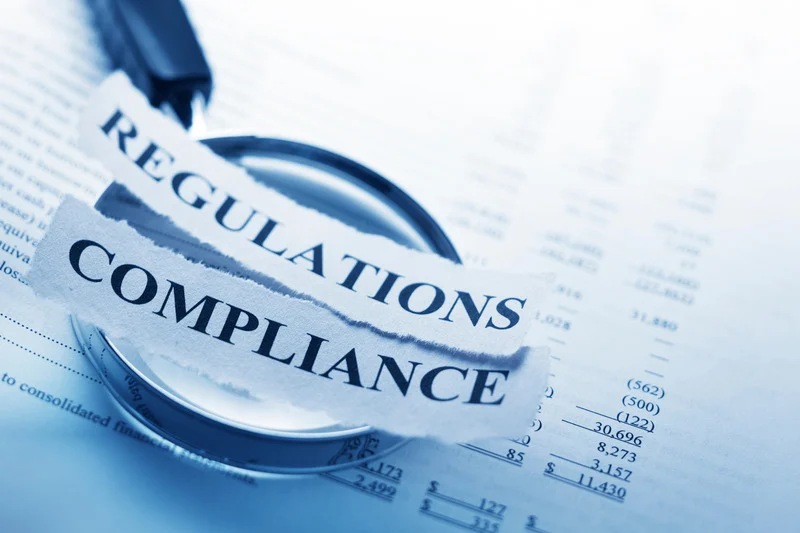Employee benefits, like retirement plans, play a powerful role in boosting engagement and supporting long-term employee retention. To maximize a retirement plan’s value for both employees and the company, plan administrators must ensure the plan is carefully administered. Whether you’re managing a 401(k), 403(b), pension, defined benefit plan, or another type of retirement program, every plan starts with the same crucial first step: creating a comprehensive plan document.
What Is a Plan Document?
A plan document is a legally binding agreement that outlines how a retirement plan is operated and administered, including its key terms and conditions. To remain compliant, the plan document must be properly signed, dated, and executed within required timeframes.
A plan document’s number one purpose is to ensure compliance with federal and state regulations — particularly, the Employee Retirement Income Security Act (ERISA), which sets the legal standards for retirement plans. Having a formal document helps ensure plan sponsors adhere to these legal requirements.
What Does a Plan Document Do?
Clarifies Plan Structure and Rules
A well-drafted plan document provides clarity about the plan’s structure and rules. It outlines eligibility criteria, contribution limits, investment options, and distribution procedures. By having a clearly defined set of rules, the document helps reduce confusion and ensures the plan is administered consistently. This consistency fosters trust among participants, who know the plan’s rules are being applied fairly.
Supports Plan Amendments and Updates
Plan Documents outline the procedures for making amendments to the retirement plan, which may need to be updated occasionally due to changes in laws, regulations, or organizational goals. The plan document ensures that any changes are properly documented and compliant with legal standards. This adaptability is crucial for keeping the plan relevant and effective as circumstances evolve.
Provides Critical Documentation During Audits
A plan document is also often the first thing requested during a Department of Labor or IRS audit. It serves as formal proof that the retirement plan is designed and operated according to legal requirements. This makes it a critical resource for demonstrating compliance and avoiding potential penalties.
Helps Protect Plan Sponsors From Legal Risk
Having a comprehensive plan document can help protect plan sponsors from potential legal liability. In the event of disputes or challenges, the document serves as evidence of the plan’s structure and compliance with regulations. This protection can be invaluable in mitigating risks associated with mismanagement or misunderstandings.
How Does the Plan Sponsor Use the Document?
The plan sponsor is responsible for understanding the plan’s features and operating in accordance with the terms of the plan.
This would include:
- Eligibility requirements
- Contributions
- Definition of compensation
- Distribution options
Plan sponsors, HR managers and any other employees who are involved in the day-to-day operations of the plan should review the document, adoption agreements, Summary Plan Description and any other documents provided to be sure they understand the plan’s features and operate accordingly.
Can Plan Documents Be Changed?
Amendments to the plan document may be made; either required by law (interim amendments) to reflect new regulatory changes, or by the plan sponsor choosing to make a change (discretionary).
Plan sponsors are required to keep their plan in compliance with any changes to the document made by these amendments. Generally, the documents must be “restated’ every six years to keep compliant with regulatory changes in the law.
Worth the Time Investment
A plan document is not merely a regulatory requirement; it is the backbone of a defined contribution plan. From ensuring legal compliance and clarifying participant rights to providing a framework for effective administration and protection against liability, the importance of this document cannot be overstated.
For employers looking to establish or maintain a defined contribution plan, it is well worth the time and resources invested to create a comprehensive plan document. A well-crafted document lays the foundation for consistent, transparent plan administration that supports employee confidence and long-term retention while protecting the company from legal risk.
In short, it’s a key step in building a retirement program that benefits everyone involved.
Is Your Plan Document Up To Date?
Ready to review your plan document or ensure it’s up to date? At Watkins Ross, we’ve been partnering with West Michigan plan administrators since 1948 to ensure retirement plans that work — for both employers and their employees. Contact us today to get started.



